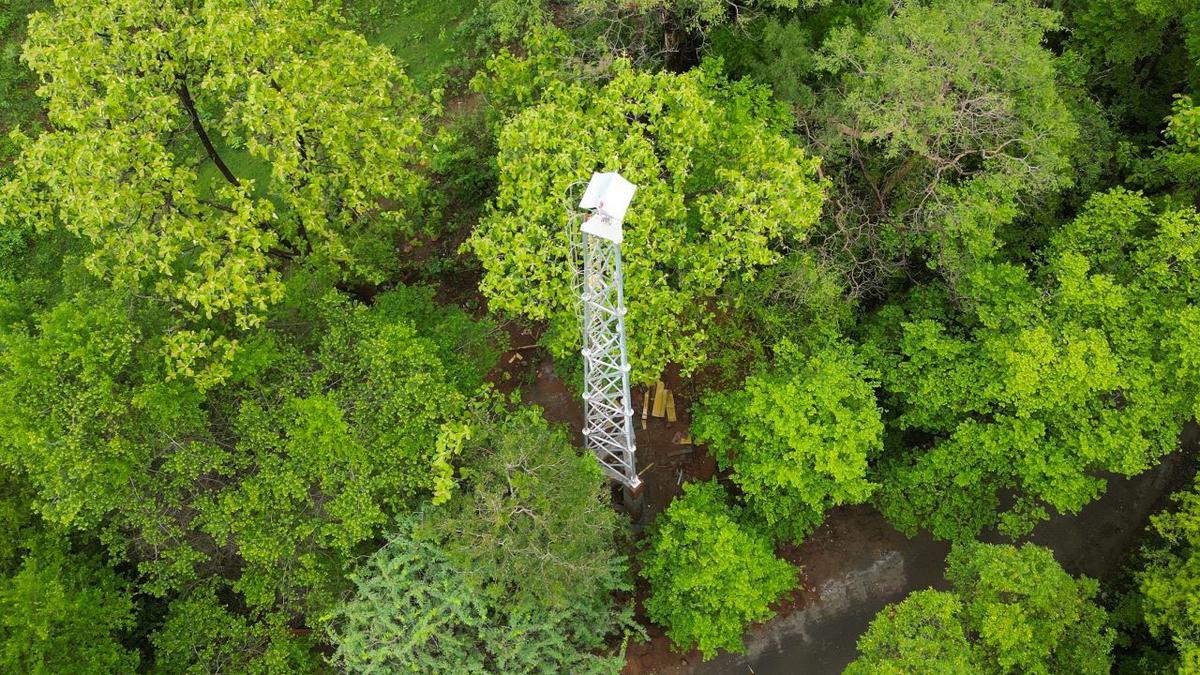
Trial run of AI-based early warning system near Coimbatore proves promising as field staff save elephants
The Hindu
Tamil Nadu Forest Dept. launches AI-based early warning system to prevent elephant deaths on railway tracks near Coimbatore.
The Artificial Intelligence (AI)-based early warning system installed by the Tamil Nadu Forest Department to prevent elephant deaths on railway tracks near Madukkarai in Coimbatore district, close to Kerala border, has started generating alerts during its trial run.
Officials involved in the project said the field staff of the Department were acting promptly upon alerts about elephant movement along or near the tracks between Ettimadai and Walayar stations, which pass through reserve forests.
Their intervention based on the early warning has already prevented several elephants from walking along the tracks or crossing them before train movement.
According to them, the Forest Department alone was receiving alerts on elephant movement. Machine learning process of the cameras mounted on 12 e-surveillance towers along the tracks is being continued.
The project, first of its kind in Tamil Nadu, would be launched after machine learning of the cameras reached the expected level. Once fully functional, alerts generated by the system would also be made available to railway authorities, including the loco pilots, helping them avert collisions with elephants, they said.
Under the project, the Department has installed five e-surveillance towers with thermal imaging cameras along the ‘A’ line and seven along the ‘B’ line (of the twin single line ‘A’ and ‘B’), which passes through Solakkarai reserve forest of Madukkarai forest range.
The early warning system with an advanced control room was set up in a ‘highly vulnerable area’ of 7.05 km of Ettimadai – Walayar section, covering 2.9 km in the ‘A’ line and 4.15 km in the ‘B’ line.













